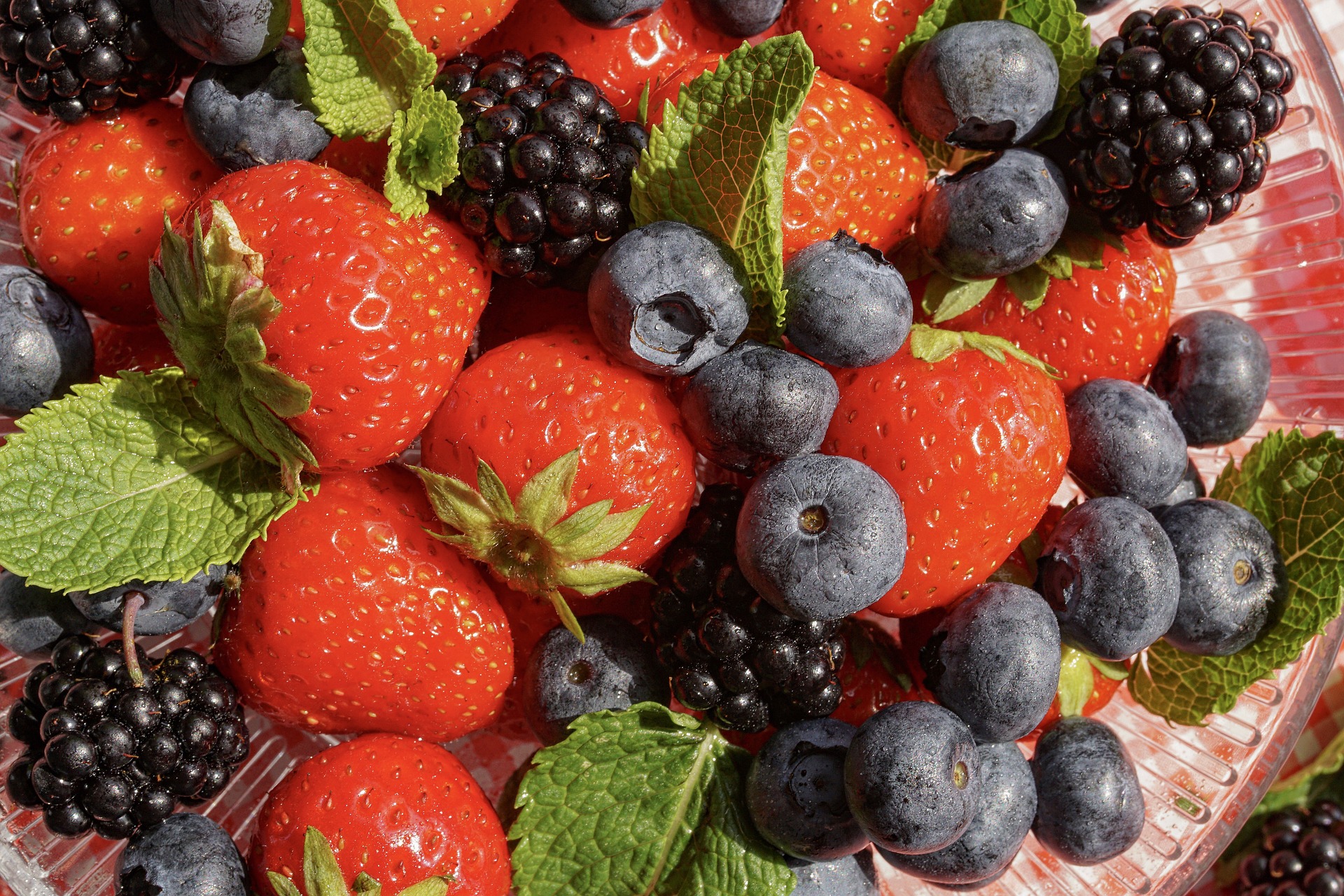
Anthocyanin: A new buzzword for the ingredients industry
- Post by: redazione
- 5:09PM Nov 14, 2019
- Comments off
Research has shown anthocyanin contributes to preventing skin ageing and damage, opening opportunities for suppliers in the cosmetics and nutraceutical markets. Aditi Yadwadkar of market intelligence company, Fact.MR, reports
The sales potential of functional ingredients has increased significantly during the past few years. Consumers are voicing their need for healthy and nutritious food products with natural and health-benefiting ingredients, which is predominantly supporting the growth of businesses that are active in the anthocyanin market.
Anthocyanin is a group of naturally occurring pigments that are responsible for the red-blue colour of many grains, fruits and vegetables, and it is emerging as one of the most promising ingredients of recent times, not only in the food and beverage industry but also in the pharmaceuticals and cosmetics markets. In 2018, global sales of anthocyanin surpassed 383 thousand kilos, and it’s expected to reach nearly 400 thousand kilos in 2019.
Consumer demand for food products with natural food ingredients and colourants has been providing a fillip to the burgeoning global demand for anthocyanin; its unique health-benefiting properties are expected to create low-hanging opportunities for anthocyanin providers in various end-use industrial segments.
Sales potential of anthocyanin in the food industry
In 2018, more than three-quarters of the revenue share derived from the global anthocyanin market was obtained from applications in various food products, including bakery, confectionery, dairy, sauces, spreads and various beverages. In the coming years, the trend is likely to persist as consumers are becoming increasingly aware of the health benefits of innovative food ingredients.
Researchers found that the pulse wave velocity (PWV) can be reduced significantly by increasing the consumption of purple potatoes that are rich in anthocyanin
A recent study conducted by UK-based researchers discovered the potential benefits of anthocyanin in improving arterial stiffness, which is an important risk factor for severe cardiovascular disorders.1
Researchers found that the pulse wave velocity (PWV) can be reduced significantly by increasing the consumption of purple potatoes that are rich in anthocyanin, which can ultimately prevent the risk of cardiovascular diseases among healthy adults.
With growing awareness of the potential health benefits of anthocyanin as a functional ingredient, most suppliers are entering the health and nutrition segment of the food industry to tap into lucrative sales opportunities. Apart from its health benefits, anthocyanin is also gaining popularity as one of the food industry’s preferred natural colouring agents; its colour shades range from orange, red, purple and pink to blue.

As visual information leads to specific interpretations about the flavour of food products, a mounting number of food manufacturers are resorting to unique and natural food colouring agents such as anthocyanins, and this is expected to drive its demand in the food and beverage industry.
New growth avenues in pharmaceuticals and cosmetics
A tectonic shift from synthetic colouring agents to their natural variants is underway, not only in the food industry but also in other manufacturing areas such as pharmaceuticals, nutraceuticals, cosmetics and personal care. Being water-soluble pigments, anthocyanins are becoming an important ingredient in a variety of pharmaceutical and nutraceutical products.
In addition, research has also found the ability of anthocyanin-rich plant extracts to improve diabetes-associated consequences, which is expanding the range of industrial applications of anthocyanins in the pharmaceuticals and nutraceuticals landscape.2
Also, in the cosmetics industry, consumers are spurning products that have chemicals and synthetic ingredients, resulting in a mounting number of cosmetics manufacturers aiming to replace chemicals with natural ingredients in their products.
The ability of anthocyanin-rich plant extracts to improve diabetes-associated consequences is expanding the range of industrial applications of anthocyanins in the pharmaceuticals and nutraceuticals landscape
Apart from the attractive colour that anthocyanins add to many products, their benefits in preventing skin ageing and damage induced by ultraviolet rays have been discovered, opening a window of opportunity for anthocyanin suppliers in the cosmetics industry.3
With natural ingredients superseding chemicals and artificial ingredients in a wide range of consumables, the demand for anthocyanins is expected to continue its upward spiral. Ongoing studies and research into the potential benefits and unique applications of anthocyanin will create positive growth opportunities for businesses in the anthocyanin market in the coming years.
References
- C. Tsang, et al., “Antioxidant Rich Potato Improves Arterial Stiffness in Healthy Adults,” Plant Foods Hum. Nutr. 73(3), 203–208 (2018).
- B.S. Sivamaruthi, et al., “Beneficial Effects of Anthocyanins Against Diabetes Mellitus Associated Consequences: A Mini Review,” Asian Pac. J. Trop. Biomed. 8(10), 471–477 (2018).
- L. Rojo, et al., “Role of Anthocyanins in Skin Aging and UV Induced Skin Damage” in Taylor C. Wallace and M. Monica Giusti, Eds., Anthocyanins in Health and Disease (Taylor and Francis Group, London, UK, 2013).
Published by: www.nutraceuticalbusinessreview.com
11-Oct-2019